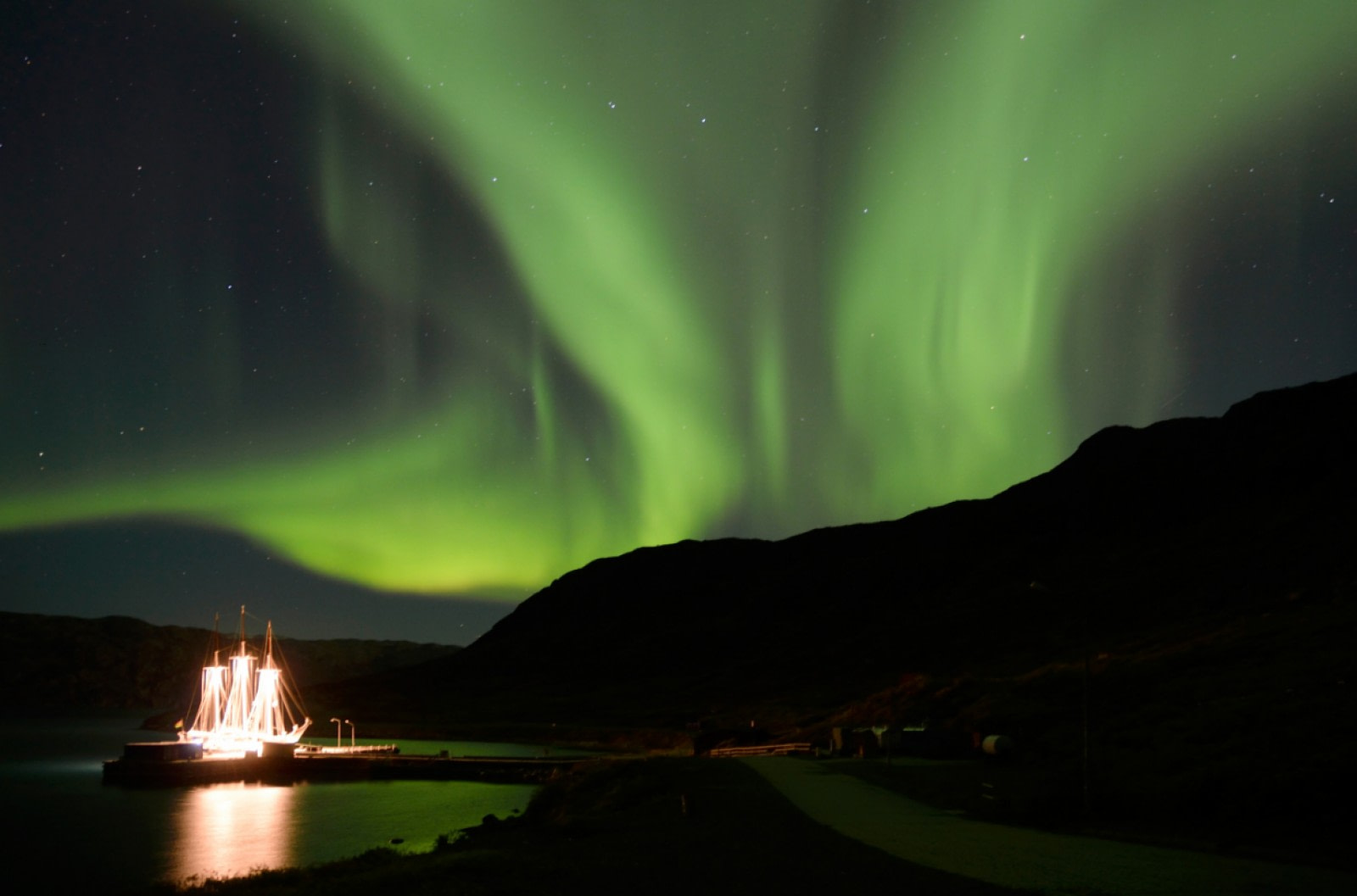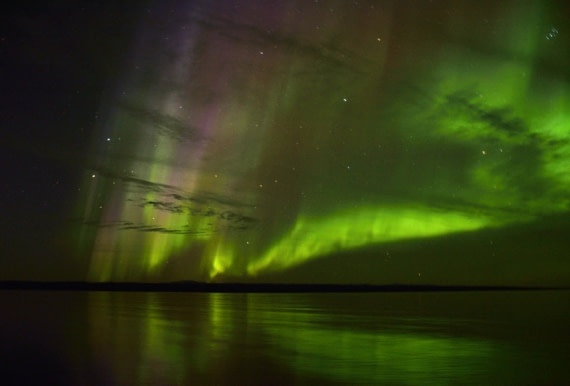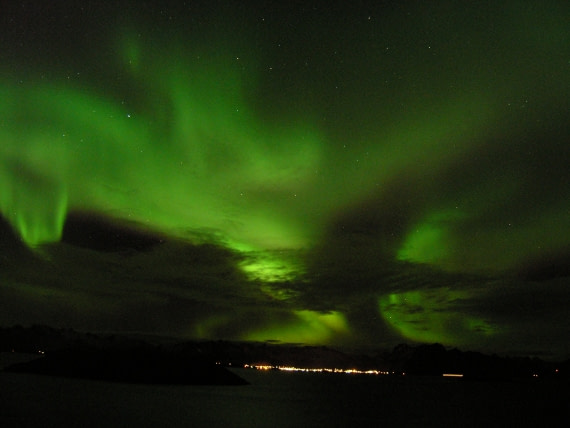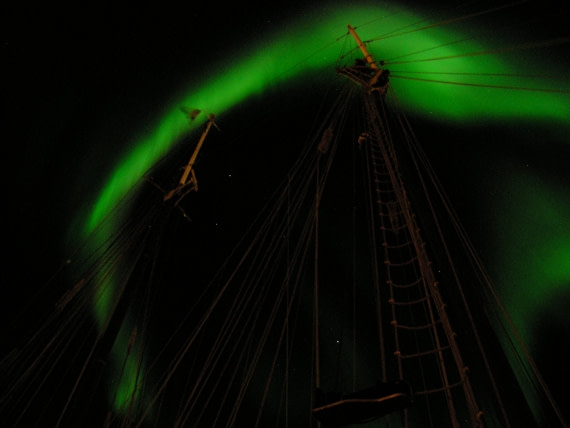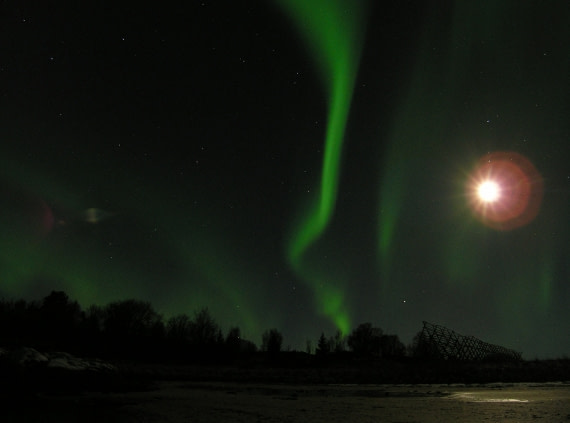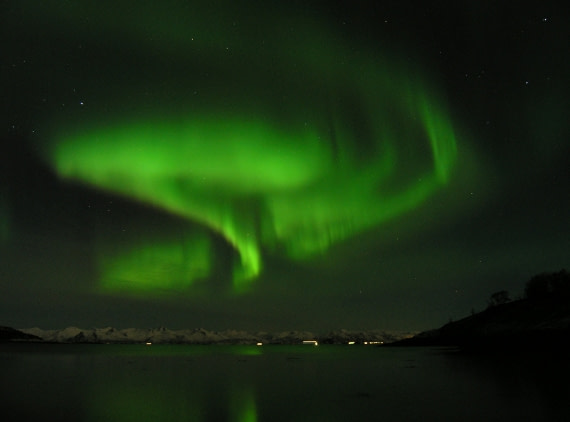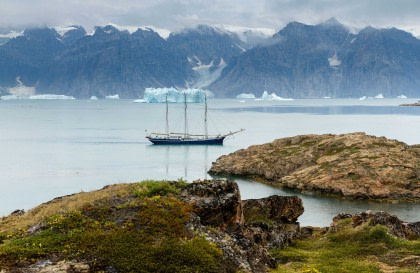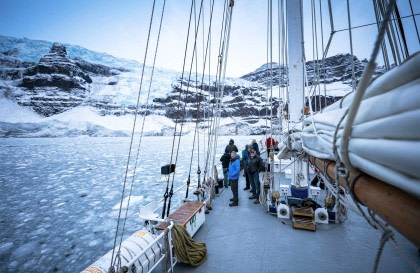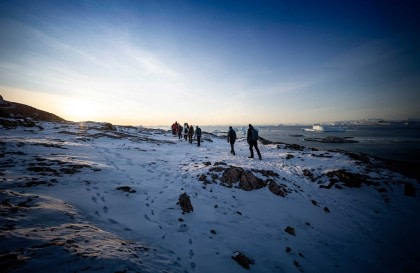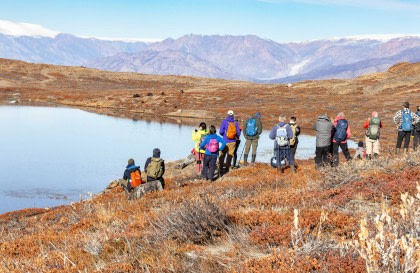Northern Lights also known as the Aurora Borealis
One of the great attractions in the Arctic are the Northern Lights, also known as the Aurora Borealis. The Northern Lights are caused by eruptions on the sun and can only be seen when it is dark. “Aurora” is Latin for “dawn” and was the Roman goddess of the dawn. Every morning she would fly across the sky to announce the coming of her brother Sol, the sun. The Aurora Borealis is located in the Northern Hemisphere. The Aurora Australis is located in the Southern hemisphere and is known as the “Southern Lights”.
What are the Northern Lights?
Shimmering, twisting, and glowing in the Arctic night air, the Northern Lights are a beautiful reminder of our ever-ongoing relationship with our Sun.
Solar winds bursting out from the Sun (in an event called a CME – Coronal Mass Ejection) carry charged particles through space for 2 to 5 days and into our upper atmosphere. Colliding and mixing with the Earth’s magnetosphere, these particles give us waves or bursts of colour depending on what kind of atmospheric particle they interact with (oxygen or nitrogen), and how high in the atmosphere they are when the collision occurs.
- Blue to violet – below 100 km
- Green – 100 – 240 km
- Red – over 240 km
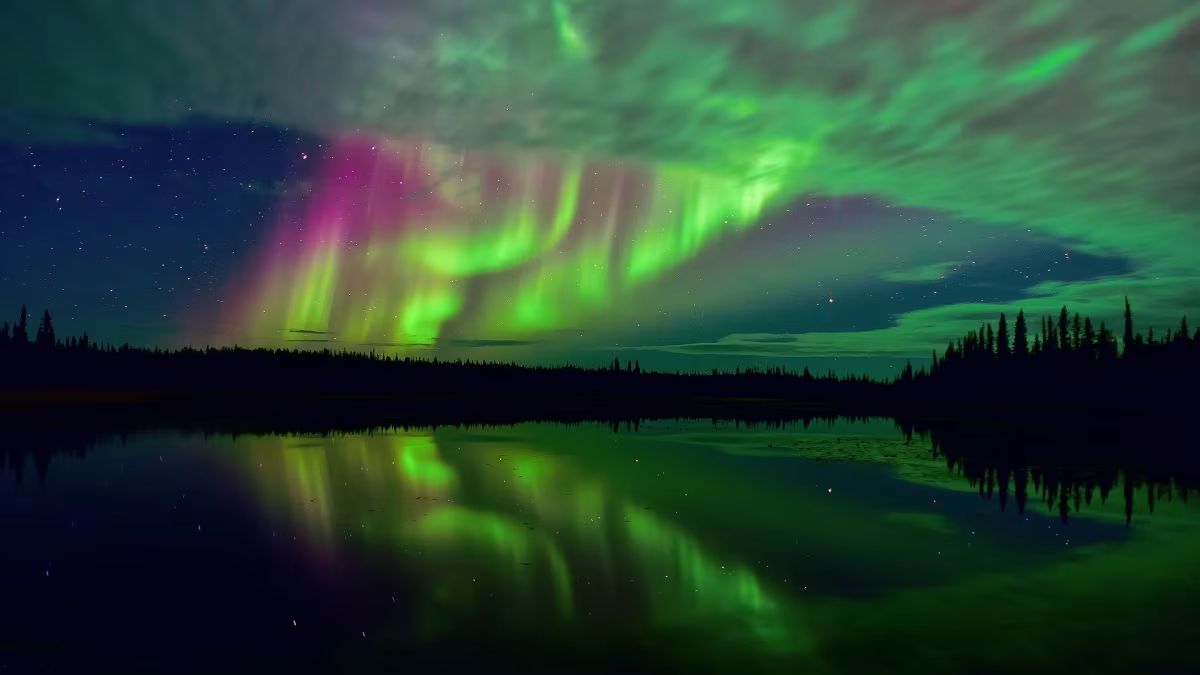
What is a Magnetosphere?
The magnetosphere acts somewhat like a force-field that causes harmful radiation particles to bounce off or curve around the Earth, keeping us safe. Found in the Earth’s ionosphere (about 80 through to 400 km high), the magnetosphere causes the Sun’s particles to curve away from us out into space.
However, the magnetosphere has funnels where it “emerges” from the Earth itself, and those funnels are the North and South magnetic poles. In these two locations the Sun’s particles don’t curve away; instead they are trapped by these funnels and end up hitting the oxygen and nitrogen particles in our atmosphere, giving us the Aurora Borealis (the Northern Lights) and the Aurora Australia in the region of the South Pole.
The Aurora Borealis in Myths and History
Being an awe-inspiring sight, it’s only natural that the Northern Lights would play a large role in a wide variety of cultures.
- The very name “Aurora” comes from Roman mythology. Aurora was the goddess of the dawn. Every morning she would fly through the sky to announce the coming of the new sun and the day.
- The Inuit found around Labrador, Canada believed the Aurora were torches set by spirits to lead the way for new arrivals to the heavens.
- The Algonquin people told about Nanahbozho who, after finishing the creation of the Earth, travelled north and lit great fires to remind the people of Earth that they were still on his mind.
- As far back as 344 B.C. Aristotle was making notes about the Northern Lights, attempting to compare them to sources of light and fire found on Earth.
- The ancient Romans believed they were the entrances to great caves in the sky.
- Some historians believe that the Auroras were the origin of dragon myths for both Eastern and Western cultures.
- The Auroras get a mention in the Bible. Ezekiel (1:4) said “…a whirlwind came out of the north, a great cloud, and a fire infolding itself, and a brightness was about it, and out of the midst thereof as the color of amber, out of the midst of the fire."
- The Menominee people (Wisconsin, U.S.A.) thought that the Northern Lights were from torches held by giants as they tried to spearfish during the night.
- The Mandan (North Dakota, U.S.A.) weren’t quite so cheerful, believing the Lights were from warriors of tribes in the north cooking their dead enemies.
- Back in Europe, people of Britain thought the Lights were from wars in the sky, the rarer red lights signifying that blood had been spilled.
When is the Best Time to see the Northern Lights?
Technically there is no downtime when it comes to Auroras – the Sun is constantly sending out new waves of particles. However, since the Sun doesn’t completely set in the far north during the summer months your best bet of getting a good night’s view of the Northern Lights is from August through to April. Midnight is considered the best time of the day to get the clearest view.
The Northern Lights in Norway
Norway is a phenomenal location to go to if you want to experience the Auroras. Thanks to the Polar Night parts of Norway don’t experience true daylight between November and February, getting at best a twilight glow every day before true night returns. This leaves you with nearly 24 hours a day to catch a glimpse of the Lights.The fairly long periods of darkness in November and December offer an ideal opportunity to admire the Northern Lights. Furthermore, the Northern Lights can only be seen when there is little light disturbance.
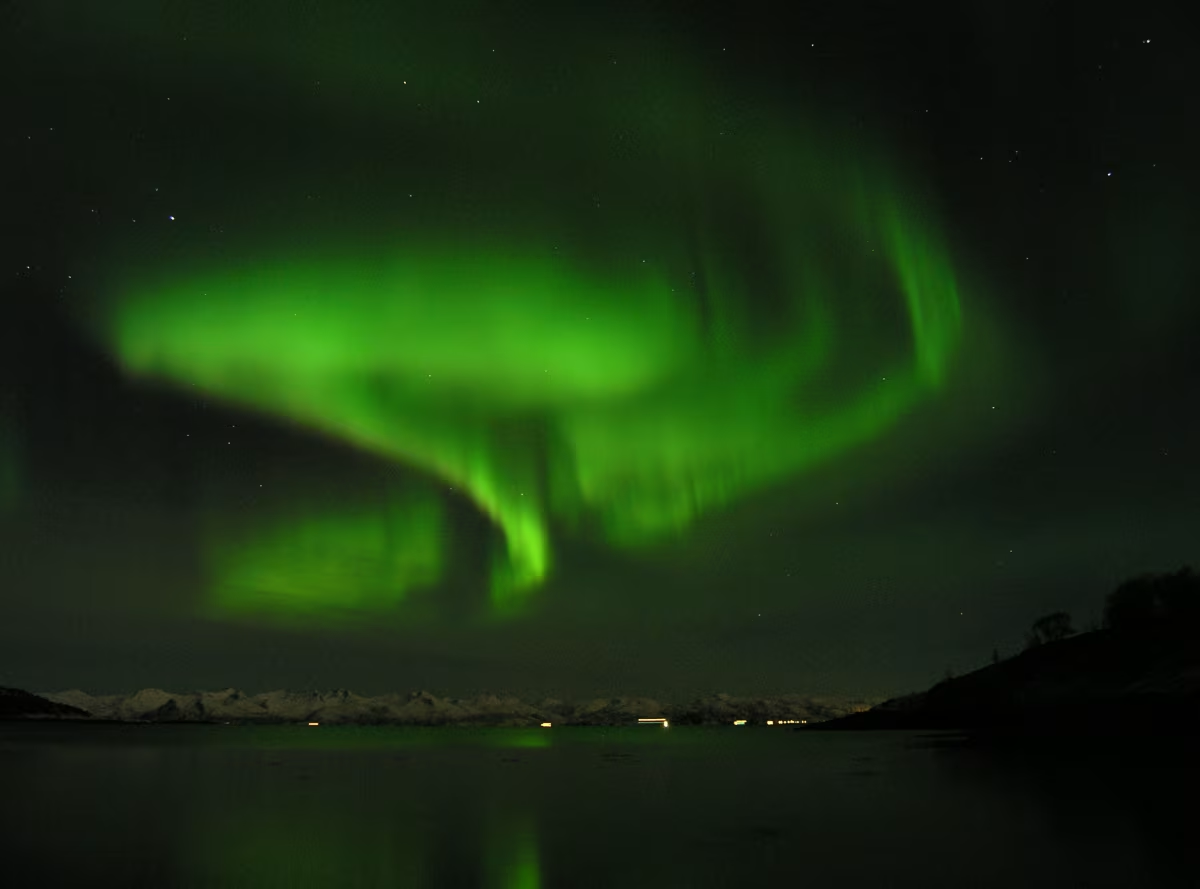
Northern Lights (Aurora Borealis) in Lofoten © Jan Belgers-oceanwide Expeditions
The Northern Lights in Greenland
In Greenland legends hold that when you see the Northern Lights it means that the dead are playing football with the skull of a walrus. Like Norway, the best months to visit Greenland for the Aurora is from the September through April. During the summer months Greenland experiences Midnight Sun, the season when the sun never truly sets.
Northern Lights trips
Oceanwide Expeditions is happy to provide a number of differently-themed cruises that will take you to experience the wonder of the Northern Lights.
